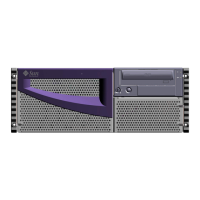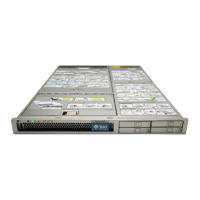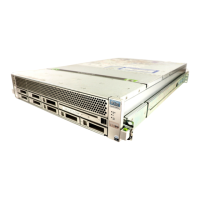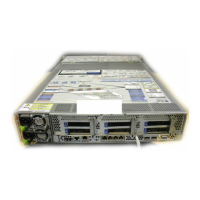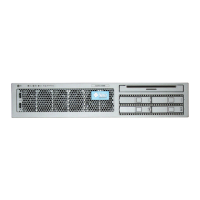xi
Figures
FIGURE 1-1 Outline Drawing of the Rear Panel (In the Entry-level Server) 1–4
FIGURE 1-2 Outline Drawing of the XSCF Unit Front Panel (In the Midrange Servers) 1–7
FIGURE 1-3 Outline Drawing of the XSCF Unit Front Panel (In High-End Servers) 1–8
FIGURE 1-4 Connections to XSCF (In the Midrange Servers) 1–15
FIGURE 1-5 XSCF-LAN Redundancy (In Entry-level and Midrange Servers) 1–18
FIGURE 1-6 Two XSCF-LANs and Two XSCF Units Configuration (In High-End Servers) 1–19
FIGURE 2-1 Network Interface Required for XSCF Network Configuration (In the High-End Servers) 2–
19
FIGURE 2-2 Domain Component Hardware (In Midrange and High-End Servers) 2–102
FIGURE 2-3 XSCF-Domain Correlation Diagram 2–103
FIGURE 2-4 XSB Configuration Diagram (Uni-XSB) (In the Midrange Servers) 2–104
FIGURE 2-5 XSB Configuration Diagram (Quad-XSB) (In the Midrange Servers) 2–105
FIGURE 2-6 XSB Configuration Diagram (Uni-XSB) (In the High-End Servers) 2–106
FIGURE 2-7 XSB Configuration Diagram (Quad-XSB) (In the High-End Servers) 2–107
FIGURE 2-8 XSB Configuration Diagram (Uni-XSB) (In the Entry-Level Server) 2–107
FIGURE 2-9 CPUs on CPU/Memory Board Unit (CMU) and Domain Configuration 2–129
FIGURE 3-1 Operating Modes for Connection to XSCF (In Midrange Servers) 3–2
FIGURE 3-2 Example of Terminal Software Settings 3–8
FIGURE 3-3 Example of Starting the Terminal Emulator 3–11
FIGURE 3-4 Intranet Connection (In a High-End Server) 3–14
FIGURE 3-5 Connection of External Internet Using VPN Communication (In High-End Server) 3–15
